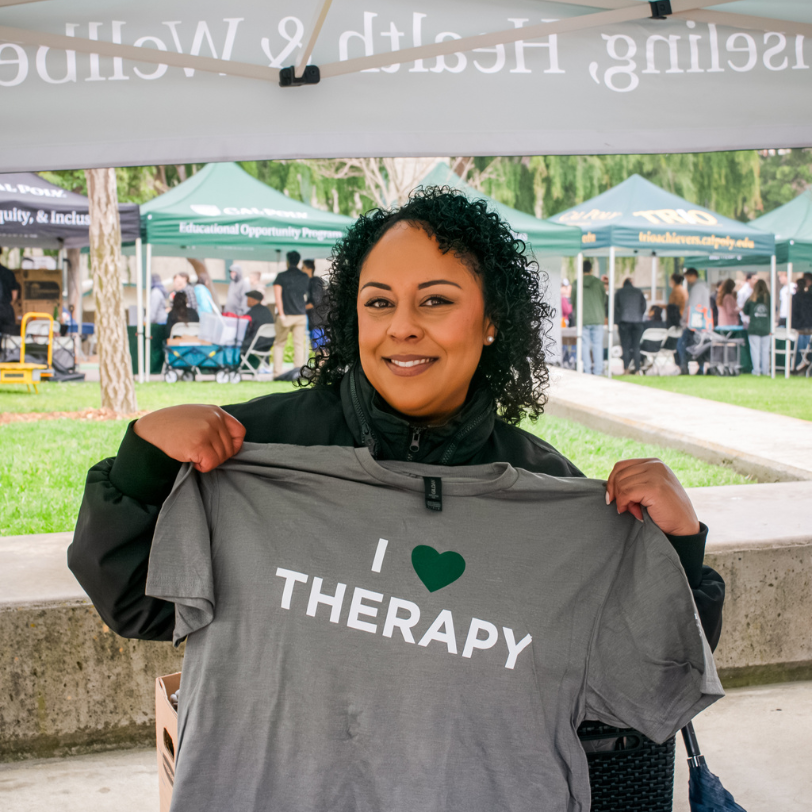Terms and Definitions

The following are terms and definitions relevant to the topics discussed on this site.
Consent
Affirmative consent is a freely given, reversible, informed, enthusiastic, specific, and ongoing decision among all participants to engage in any sexual activity.
Planned Parenthood's acronym, FRIES, simplifies what affirmative consent looks like:
- Freely given. Consenting is a choice you make without pressure, manipulation, or under the influence of drugs or alcohol.
- Reversible. Anyone can change their mind about what they feel like doing, anytime. Even if you’ve done it before, and even if you’re both naked in bed.
- Informed. You can only consent to something if you have the full story. For example, if someone says they’ll use a condom and then they don’t, there isn’t full consent.
- Enthusiastic. When it comes to sex, you should only do stuff you WANT to do, not things that you feel you’re expected to do.
- Specific. Saying yes to one thing (like going to the bedroom to make out) doesn’t mean you’ve said yes to others (like having sex).
Remember: this is the baseline expectation for all sexual experiences! All of us deserve autonomy, agency and decision-making power in our lives, especially in the most intimate moments. A key feature of any consensual sexual experience is communication; get used to having these conversations, normalize talking about sex and boundaries, and accept when other people set boundaries with you.
Making sure you have consent doesn't need to be uncomfortable, embarrassing, or awkward. It can be as simple as asking, "Do you like this?" "Does this feel good?" "What do you want?" - and respecting any answer.
To be clear, the following things do not constitute or imply consent for sex: silence, intoxication, "sure," "I guess," being naked, having had sex before, making out, being in a relationship, etc.
Grooming
Grooming is used to describe the process by which perpetrators of sexual violence obtain the trust of individuals/communities and gradually find ways to get a victim/survivor alone and push boundaries towards sexual assault and rape. Grooming often occurs over a period of time, rather than all in one instance. This process reduces the victim’s ability to recognize that their boundaries are not being respected, or that the perpetrator is doing something inappropriate.
Institutional Betrayal
Institutional Betrayal was coined by researcher Jennifer Freyd to describe “wrongdoings perpetrated by an institution upon individuals dependent on that institution, including failure to prevent or respond supportively to wrongdoings by individuals (e.g. sexual assault) committed within the context of the institution.” The failure of many colleges and judicial courts to respond to sexual assault accusations in ways that protect and support the victim is a form of institutional betrayal and can both re-traumatize and disillusion the victim. Read more here.
Intimate Partner Violence
A pattern of abusive behavior in any relationship that is used by one partner to gain or maintain power and control over another partner. There are several forms of violence:
- Physical
- Sexual
- Emotional
- Economic/financial
- Psychological
- Technological
- Spiritual
Prevention
In public health models of violence prevention, there are tiered approaches to creating a culture of anti-violence:
- Primary prevention:
- Prevent violence from happening in the first place - this is done by setting expectations & examples of pro-social norms, engaging active bystanders at the roots of violence, and shifting to a culture of equity and anti-violence. If we all focused our energy on primary prevention, the enormous rates of survivorship and victimization would not exist.
- Secondary prevention:
- Intervening immediately during/after violence has occurred with the goal of protecting the survivor and preventing the problem from worsening (i.e. being an active bystander imminently before a potential assault, or crisis counseling for survivors in the response to the trauma).
- Tertiary prevention:
- Long-term intervention once violence has already occurred in hopes of containing the problem or reducing symptoms (i.e. long-term counseling for survivors, rehabilitation for perpetrators).
Sexual Assault
Sexual assault is an umbrella term encompassing any non-consensual sexual act. This may include sexual touching, kissing, bodily contact, fondling, and/or penetration, and may or may not include coercion, threat of force, violence, threat of retaliation, and/or use of substances as a tool to facilitate the assault.
Rape and Sexual Assault are defined below:
- Rape is an act of non-consensual sexual intercourse with penetration that may or may not involve coercion, the threat of force, violence, immediate and unlawful bodily injury or threats of future retaliation and duress.
- Sexual assault is broader in definition than rape. Any non-consensual sexual act may be sexual assault - this may include unwanted oral intercourse, penetration of the anus or vagina with a foreign object, unwanted touching on an intimate area of a person’s body, or unwanted kissing or bodily contact that is sexual in nature.
Stalking
Stalking is a repeated pattern or course of conduct directed at a specific person that would cause a person to feel fear.
Stalking may happen in the context of a relationship or could be perpetrated by someone the victim or survivor does not know, although this most commonly occurs between previous partners. Regardless, if the action(s) make you feel unsafe, it could be stalking.



